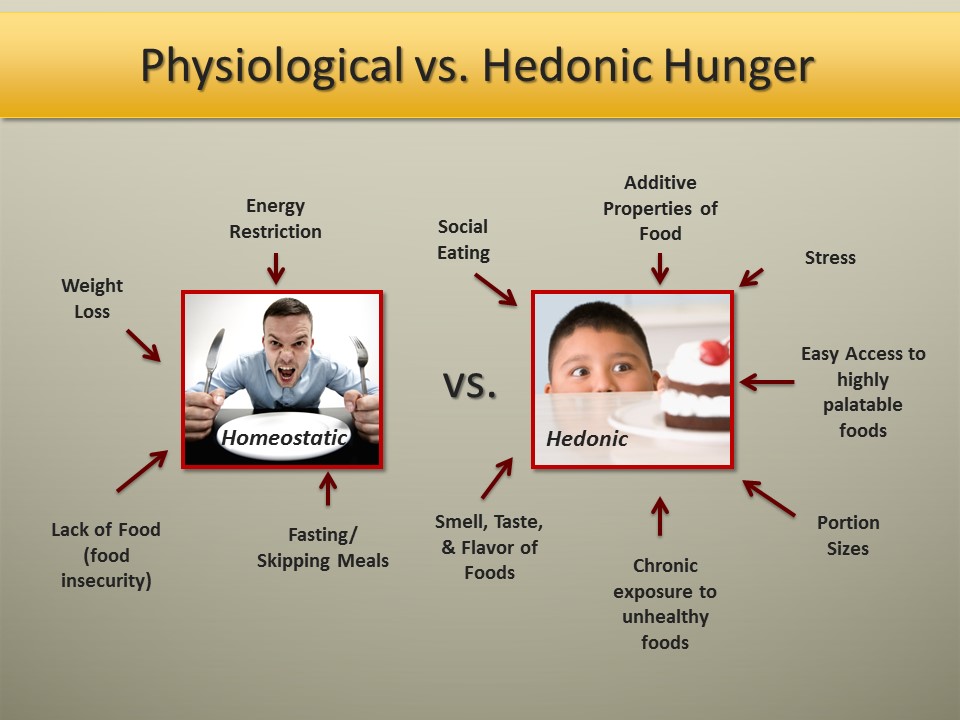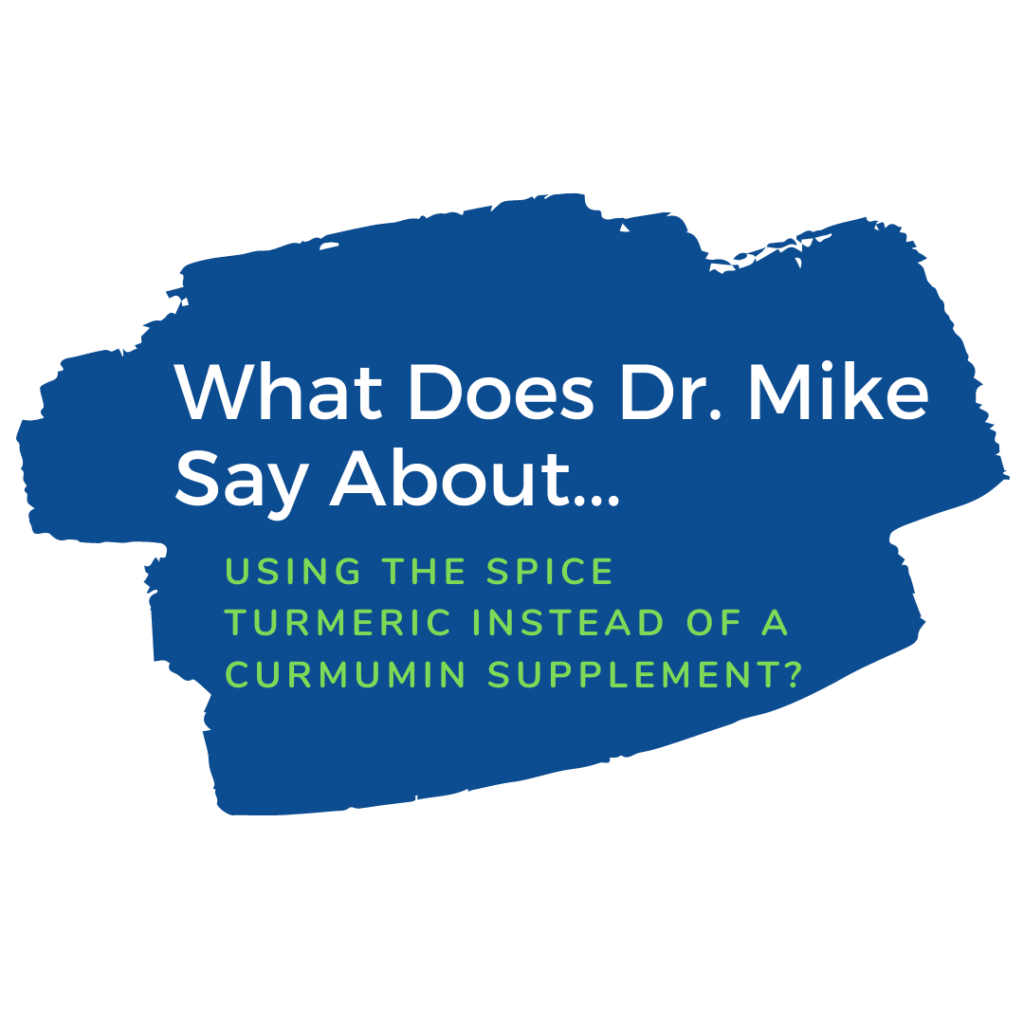Yesterday, I had lunch with a new friend at this great Italian restaurant in downtown Rochester, NY – steak salad with gorgonzola cheese, very nice (I asked for dressing on the side… and they put dressing on the salad and on the side..doh!).
The topic of our conversation of course turned to nutrition and why it is such a struggle to lose weight and keep it off.
At the most basic level, you would agree that you need to do two things – eat less calories and burn more calories. Ideally, you need to do more calorie burning and less ‘eating less’ to ensure longer term success, but that is a topic for another time.
Eating less is usually the biggest problem, as we generally don’t eat because our body is calorically starved, we eat because of a host of other reasons (habit, stress, social situations, etc).
Nutrition researchers who study hunger and satiety (defined as the feeling or condition of being full after eating food) separate hunger into two categories – physiologic hunger and hedonic hunger (also called ‘reward driven eating’).

Tip of the hat to my friend and satiety researcher, Heather Leidy, for this slide about the types of eating.
As you can see, there are a lot of different things that are driving us to eat, aside from our body needing actual energy/calories to survive. In order to be able to successfully eat less (or sometimes – just not overeat) it is important to cut through the stress, social pressures, and technological devices so that we can focus on our body’s actual hunger/satiety signals.
How can you do this?
The answer, for me at least, came from a conversation I had with Professor Barbara Rolls when I was interviewing her for a feature I once wrote for Men’s Health. During our conversation, Dr. Rolls made an off the cuff comment that was revolutionary to me, and my work with clients. She was emphasizing the point that satiety isn’t an event or a destination, but a process that involved varying levels of fullness. She noted that our satiety signals are always there, it is up to us to pay attention and act on them.
Think about this for a minute. People are always looking for the food that will make them full or the trick to get them to eat less. While yes, there are things that we can do to enhance the satiety of a meal, things like:
- eating ample protein (~30g)
- eating more vegetables
- eating slowly
But these tactics can easily be overridden and ignored. We override them every day. I definitely overrode my satiety signals at Thanksgiving dinner when I opted for a piece of banana cream pie.
So this weekend, and as we move into the end of the year holiday frenzies that involve a lot of opportunities to eat mindlessly, work to pay more attention to what you are eating, when you are eating it, and how your body feels.
Choose to listen to your body’s satiety signals and not blindly override them. Choose to eat until you are satiated/full but not stuffed. You’ll enjoy your food more and you’ll be more pleased with yourself afterwards for not overeating.
Please post a comment below to let me know your thoughts (and struggles) about dealing with satiety and awareness when eating.





